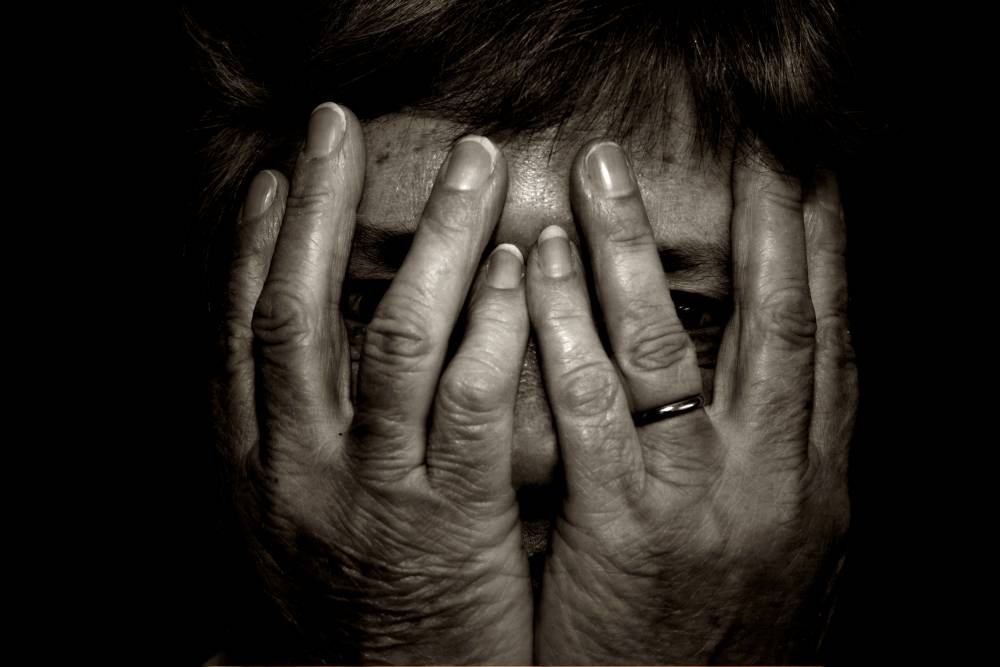
On International Day for the Elimination of Violence against Women, today is a good time to pause and consider the impact of violence against women, including older women and women who work in aged care.
Violence against women remains one of the most widespread and devastating problems in the world. It leads to suffering and trauma, pain and death. It can lead to reduced educational attainment, restricted career achievements and entrenched poverty.
Despite greater awareness of the problem and growing ambitions to stamp it out, all too often violent attacks against women go unreported due to continued the stigma and shame.
According to data from the United Nations, one in three women or girls will experience physical or sexual violence in their lifetime. In 2017, half of the women killed worldwide were killed by their partners or family. (By comparison, only one of every 20 men were killed in the same circumstances.)
Violence against women is a greater cause of poor health world-wide than traffic accidents and malaria combined.
Here in Australia, the statistics around violence against women are just as stark.
In Australia, two in every five women (41 per cent) have experienced some form of violence since the age of 15 years old, according to the Vic Health report, ‘Violence against women in Australia’. One in three – 34 per cent – Australian women have experienced physical violence. One in five – 19 per cent – have experienced sexual violence.
Violence against women is estimated to cost the Australian economy $21.7 billion per annum.
Aged care workers are particularly vulnerable, with women making up around 90 per cent of the aged care workforce. A 2016 survey by the NSW Nurses and Midwives’ Association found that more than 90 per cent of aged care staff have been subjected to some form of aggression from either aged care residents or their families.
Violence against nurses also appears to be on the rise. The number of nurses assaulted in Victorian healthcare settings increased by 60 per cent over the past three years, with 539 assaults last year. In NSW violent attacks rose 44 per cent over approximately the same period to 521.
Queensland’s Department of Health encourages reporting of relatively minor incidents and also threats, and it reported 5,514 incidents in 2018, an increase of 48 per cent. Of course, not all nurses are women, but the majority are.
And tragically, all too often we hear about violent attacks on older women.
Late last week, we read of the ghastly case of a 39-year-old man who twice raped a 76-year-old grandmother from Perth. The attacks occurred when the man was waiting for his son, who had cancer, to have his leg amputated.
The woman died a year after the attack, well before the trial.
All too often we hear reports of sexual abuse of vulnerable aged care residents, often by staff.
International Day for the Elimination of Violence against Women is an opportunity to reflect on why there is such a high incidence of violence against women. What does it say about our society and our values, and, most importantly, what can we do to change thinking and stop the epidemic. Because it must end.
Violence will never stop until the law provides serious consequences for the perpetrator. Across Australia women and girls comprise approximately 51% of the population yet we live our lives with inbuilt risk because of men who are the majority of perpetrators.
It is time for men to stand up and admit to their fears, because any man who attacks a woman is a coward. As women, we may eventually need to fight back because it has to stop, one way or the other. Bullies and cowards have existed for years but more and more the situation is increasing. What will it take? Girls being taught defence lessons, how to hurt and maim as much as the perpetrator?